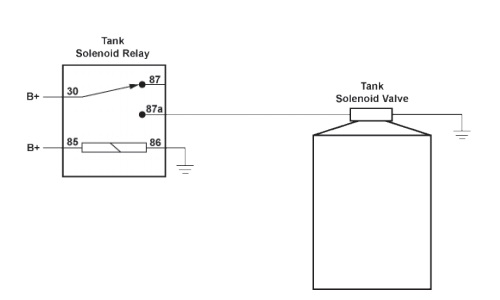Prepare for the ASE H1 Compressed Natural Gas (CNG) Engines certification with our specialized practice test. This assessment is designed to evaluate your proficiency in diagnosing and repairing CNG engine systems, including fuel storage and delivery, ignition systems, and emission controls.
Results
You%20passed.
You%20didn%5C’t%20pass.%20Study%20guide%20linked%20below.%20%3A)
#1. A replacement pressure relief device (PRD) vent tube should be made of:
electrically conductive tubing is correct
#2. A transit bus with NGV Type 2 fuel tanks is being inspected. There is one 6” (15.24 cm) long cut measuring 0.008” (0.203 mm) deep in the outer covering of a tank. This tank should be:
considered useable as is is correct
#3. During operation, a transit bus has a puffing noise coming from the engine compartment. Which of these could be the cause?
Leaking exhaust manifold gasket is correct
#4. Technician A says that the oil pressure can go too high if the oil pressure relief valve is stuck open. Technician B says that the oil pressure can go too high if the engine is overfilled with lubricant. Who is right?
Neither A nor B is correct

#5. The solenoid valve on the tank shown in the illustration is normally closed. Which of the following steps will allow the cylinder to be vented?
Remove the relay and install a jumper wire across terminals 30 and 87 is correct
#6. A CNG transit bus with a normal range of 350 miles stops running after 3 hours. The high-pressure fuel gauge shows 375 psi. Any of these could be the cause EXCEPT for a:
defective high-pressure regulator is correct
By completing these practice questions, you’ll enhance your understanding and readiness for the official ASE H1 examination.
Jump to: All ASE Practice Tests
Reference:
This is not an official test. Use it for entertainment purposes only.



